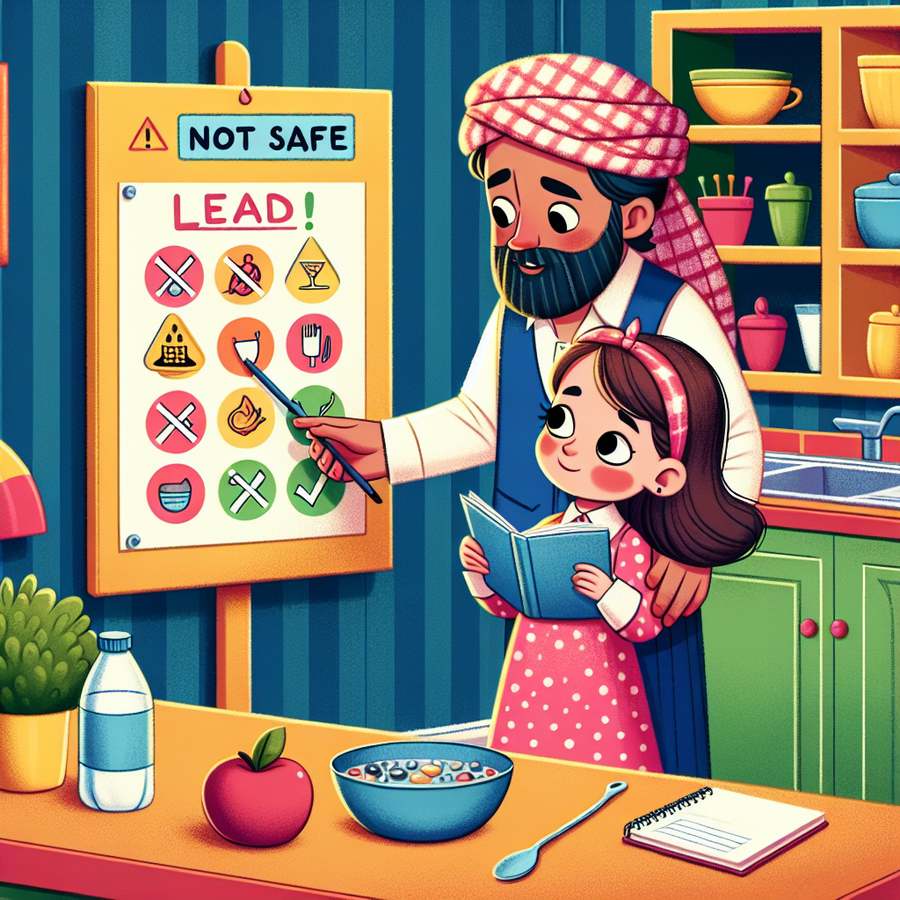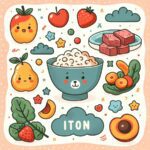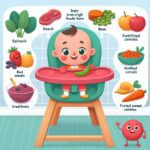Lead exposure from food: How to protect your child is a pressing concern for many parents. With the increased awareness of lead contamination in various environmental sources, it’s crucial to understand how this heavy metal can make its way into our children’s diets and the steps we can take to mitigate exposure. This article aims to provide a comprehensive guide on safeguarding your child against lead exposure through food.
Understanding the Sources of Lead in Food
Before we can protect our children, it’s essential to identify where lead exposure might come from in their diet. Lead can be present in food due to contaminated soil, water used in agriculture, or even during the manufacturing process. Additionally, certain traditional medicines and imported canned goods can also be sources of lead contamination.
According to the Centers for Disease Control and Prevention (CDC), lead exposure can affect nearly every system in the body. Because there are no safe levels of lead in the bloodstream, it’s imperative to minimize exposure as much as possible.
Lead exposure from food: How to protect your child
Protecting your child from lead exposure through food involves a multifaceted approach. First, it’s important to introduce a variety of foods into your child’s diet. Foods rich in calcium, iron, and vitamin C can help reduce lead absorption. Incorporating organic produce can also minimize exposure to contaminated soil. Additionally, ensuring that your home’s water supply is lead-free by using filters or testing kits can safeguard against lead-contaminated water used in cooking.
Maintaining a clean and safe kitchen environment is also crucial. This includes properly washing fruits and vegetables and being aware of the potential lead content in certain types of cookware. Opting for stainless steel or cast iron over older, ceramic dishes can reduce lead exposure risks.
Practical Tips for Reducing Lead Exposure in Your Child’s Diet
Implementing practical steps can significantly reduce lead exposure from food. Encouraging your child to eat balanced meals and snacks that provide essential nutrients will not only promote overall health but also help in the fight against lead absorption. For detailed guidance, consider consulting the Top Iron-Rich Foods for Babies Starting on Solids and Calcium Sources for Dairy-Free Toddlers articles on our website.
Another key aspect is staying informed about food recalls and advisories related to lead contamination. Subscribing to alerts from reputable sources can help you stay updated on potential risks.
Moreover, for parents of infants transitioning to solid foods, understanding how to introduce solids safely is vital. Refer to our guide on How to Introduce Solid Foods to a 6-Month-Old Baby with Allergies for tips on making this transition as safe as possible.
Finally, maintaining open communication with your pediatrician about your concerns and observations regarding lead exposure is essential. Regular blood tests can monitor lead levels in your child, allowing for early intervention if necessary.
In conclusion, while the risk of lead exposure from food can be concerning, adopting a proactive and informed approach can significantly mitigate these risks. By understanding the sources of lead, implementing protective dietary practices, and staying informed, you can help ensure a healthier, safer dietary environment for your child.
Remember, no effort is too small when it comes to protecting our children from lead exposure. By taking the necessary precautions and educating ourselves on the best practices, we can make a significant difference in their health and well-being.













